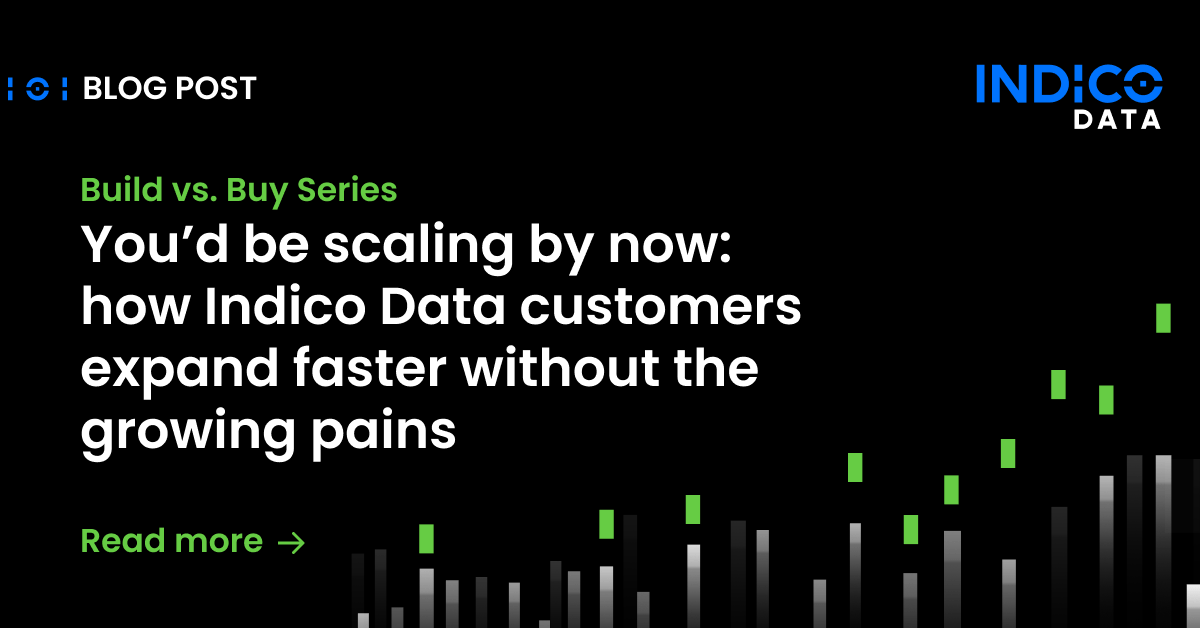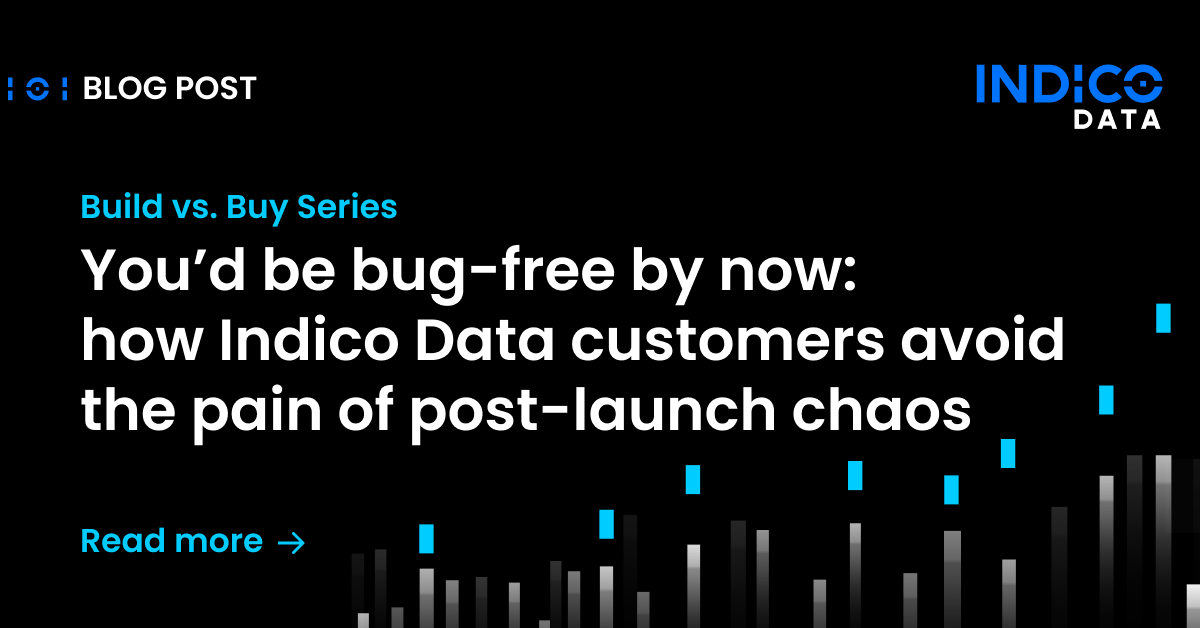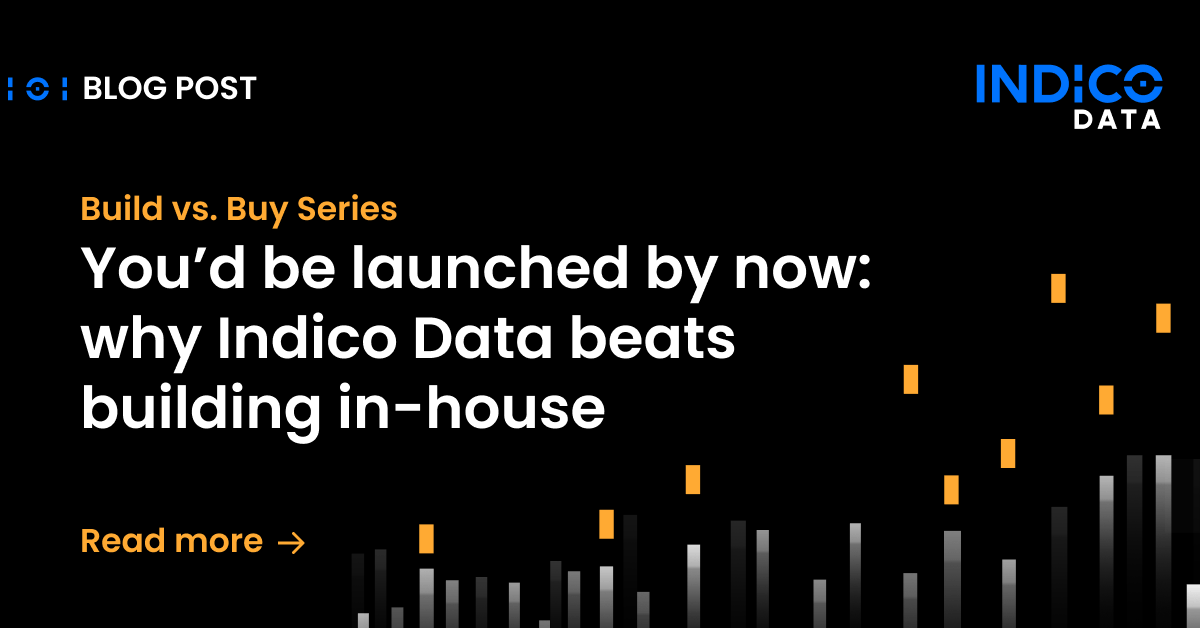I’ve been reading a lot lately about the future of insurance underwriting, much of which talks about how technology – in particular artificial intelligence – is going to replace employees. As CEO of an AI technology company that deals every day with large insurance companies, I can tell you that is not at all the future I see.
No, for the foreseeable future insurance companies will need the experience and intelligence underwriters bring to bear. What will and is already changing is the amount of data underwriters use to do their jobs, including historical data to help them more accurately assess the risk any one client presents as well as forward-looking data, much of it related to climate. To be effective, underwriters will need help in assembling and assessing all of this data, and that’s where technology can play a significant role.
A bionic arm to assist underwriters
I tell people to think of AI as a bionic arm, one that aids underwriters by doing some heavy lifting they couldn’t reasonably do on their own. But it’s just an assist, not a replacement.
Consider the underwriting submission intake process. It’s no secret processing commercial insurance submissions requires a fair amount of labor-intensive drudge work: reading submissions, grasping what they’re asking for, pulling out relevant data and inputting it into a downstream system like Guidewire, Duck Creek or the like.
An AI-based intelligent intake solution can help automate the insurance submission intake process, helping underwriters more quickly have at their fingertips what they need: accurate, comprehensive data to drive decision-making.
Related content: An expert view on automating the insurance underwriting submission process
Using technology to improve loss ratios
Accuracy is a key point here, because it gets to a fundamental goal for insurance companies: improving loss ratios. Only with accurate data can underwriters make their best decisions and write policies with acceptable or even favorable risk.
The current, manually intensive underwriting submission process doesn’t exactly lend itself to a high degree of accuracy. Think about underwriting associates sitting at their computers all day, poring over submission documents looking for the bits of data they need to input into those downstream decisioning systems. It’s easy to imagine how they can transpose numbers and miss key data points. They’re human; they get distracted and tired.
Computers don’t get tired or distracted. Once you train an AI-based intelligent intake system on what to look for, it can do a remarkably consistent job of finding it. What’s more, the best of the systems will have a human assist element. If the platform is not sure whether a given value is relevant, it flags it and lets one of your employees decide. Then the intake system essentially makes note of that decision, so its performance improves over time.
Here again, the bionic arm comes into play, not replacing insurance associates but helping them do their jobs far faster and with more accuracy. With increased speed comes less underwriting leakage and improved quote ratios.
Related content: A reality check on the data accuracy debate with respect to automation in insurance
Technology for insurance underwriting analytics
Of course, increased speed is only helpful if it’s combined with accuracy; you don’t necessarily want to be writing more high-risk policies. Here again, technologies such as AI can help.
Underwriters today have access to far more data than in the past. Third party databases are available with fountains of valuable historical data that can augment an insurance firm’s own vast databases.
Forward-looking data is also coming to the fore, much of it having to do with climate. Changing climate conditions, of course, can affect underwriters in myriad ways and for most any vertical industry. Any hint at what to expect in years to come can be valuable.
The problem is it’s difficult, if not unreasonable, to expect any single underwriter to be able to digest all of this data and put it to good use. Yet that’s exactly the kind of task an AI application excels at: culling through vast amounts of data and making relevant connections.
So, whether it’s comparing an underwriting submission to a peer group using third party data or trying to predict the likelihood of a major storm causing damage to an industrial complex, technology can assist underwriters.
With such an assist underwriters no longer have to rely solely on their own expertise in assessing risk. They’ll instead use a technology dashboard that immediately makes clear where a given submission is more or less risky than a similar cohort. Another bionic arm.
That’s the future of underwriting that I see, one with improved loss ratios and reduced underwriting leakage, thanks to technologies including AI. Rather than replace underwriters (and others), you’ll likely find effective use of technology can help you increase the capacity of your employees, increase their job satisfaction, and improve your organization’s bottom line.



